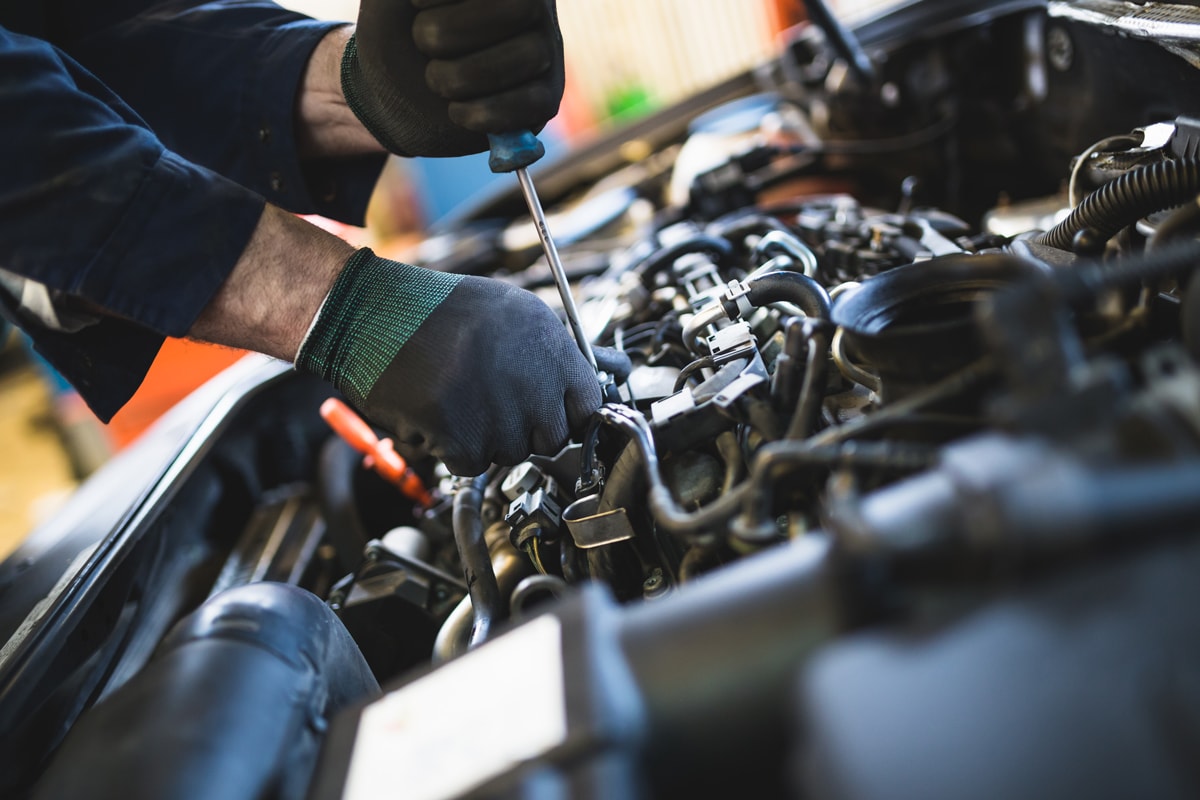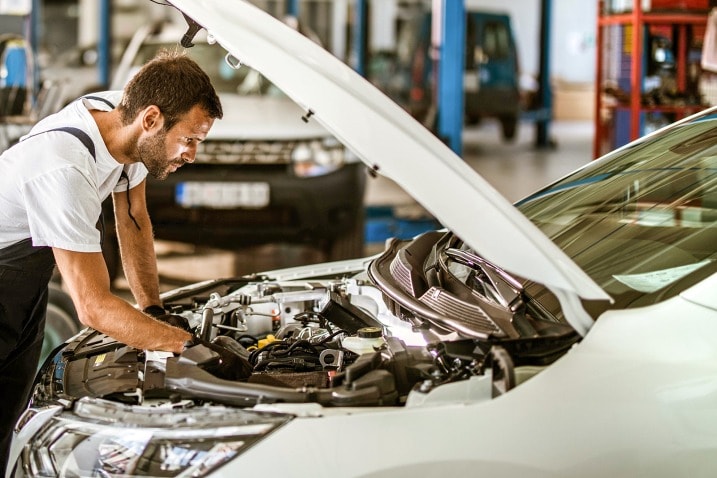All Categories
Featured

When it comes to automobile repair work, one of the most significant decisions you'll face is whether to opt for Original Tools Maker (OEM) parts or aftermarket components. Listed below, we explore the benefits and factors to consider of both OEM and aftermarket components to assist you choose the right alternative for your following car repair.

What Are OEM Components? When it was initial constructed, OEM parts are made by the exact same business that manufactured the components in your car. They are made specifically for your make and version, making certain best compatibility and premium performance. Because OEM components are the very same ones used in the original assembly of your car, they tend to satisfy the very same high standards set by the manufacturer.
One of the key benefits of choosing OEM parts is the guarantee of top quality and integrity. These components are frequently backed by a warranty, offering defense against flaws or early failing. Making use of OEM components for repairs can aid ensure that your warranty stays valid if your automobile is still under warranty. Furthermore, due to the fact that OEM components are created to fit specifically, there's much less risk of setup issues or future troubles.

What Are Aftermarket Components? Aftermarket parts, on the various other hand, are created by third-party manufacturers that might not be straight affiliated with the vehicle's original maker. These parts are designed to fit a selection of automobiles and are usually less costly than OEM components. While numerous aftermarket components are of high top quality, they can vary dramatically between producers.
One of the most substantial benefit of aftermarket parts is their cost-effectiveness. Since these components are mass-produced and don't have the exact same expenses prices as OEM components, they are generally priced reduced. In addition, aftermarket components can use boosted efficiency or visual enhancements over OEM parts. As an example, aftermarket exhaust systems or suspension components may offer better efficiency or a more hostile look compared to factory-installed parts.
Advantages of OEM Parts. Surefire Fit and High quality: OEM components are created to fulfill the exact specifications of your vehicle, making sure a perfect fit and keeping the performance requirements that the supplier meant. Warranty: Several OEM parts come with a service warranty, providing satisfaction in case the component is faulty or fails prematurely. Resale Value: If you intend on selling your vehicle, using OEM parts can aid preserve its resale worth since possible purchasers often try to find automobiles that have actually been fixed with initial components. Car Stability: Using OEM parts helps guarantee that your car remains to do as intended by the maker, maintaining it in optimal condition. Benefits of Aftermarket Components. Lower Price: Aftermarket parts are often more inexpensive, which can be a considerable factor to consider if you're on a budget plan or wanting to save money on repairs. Selection and Modification: Aftermarket components use a broad range of choices, particularly for performance upgrades or aesthetic adjustments, enabling you to personalize your car or improve its performance. Wide Accessibility: Aftermarket components are usually easier to locate than OEM components, particularly for older automobiles or hard-to-find components. Efficiency Enhancements: In some instances, aftermarket components are made to offer premium efficiency, such as much better brakes or higher-flow air filters that increase horse power. Disadvantages of OEM Parts. Greater Price: OEM components have a tendency to be more pricey than aftermarket alternatives, which might be a disadvantage for auto owners on a limited spending plan. Limited Alternatives for Personalization: OEM parts are designed to replace the initial components without enhancements, so they might not provide efficiency upgrades or aesthetic modifications. Accessibility: Relying on the make and model of your automobile, OEM components can occasionally be challenging to find, especially if your auto is older or has actually been stopped. Disadvantages of Aftermarket Components. Irregular Quality: The quality of aftermarket parts can differ substantially between manufacturers. While some are made with premium products, others may be much less durable or inadequately built, which could lead to faster deterioration. Potential Fitment Issues: Aftermarket components may not constantly fit your car as precisely as OEM components, bring about possible compatibility concerns or additional job throughout installment. Service Warranty Problems: Utilizing aftermarket components may void your manufacturer's guarantee or lead to complications if a failing occurs that belongs to the aftermarket component. How to Decide Between OEM and Aftermarket Components. Picking in between OEM and aftermarket parts depends upon several factors, including your budget, the age and condition of your car, and your details repair work requirements.
Budget plan: If price is your primary issue, aftermarket parts are often the much more budget-friendly choice. It's essential to consider the lasting worth of your choice. You might finish up spending a lot more in the lengthy run if you decide for a less costly aftermarket part that doesn't carry out well or requires frequent substitutes. Lorry Age and Problem: For newer automobiles still under service warranty or those in exceptional condition, OEM parts are usually recommended to maintain the car's stability and guarantee it remains to run as intended. For older vehicles, aftermarket components might offer an extra affordable solution without endangering efficiency. Repair service Kind: Some repair work, especially safety-related components like airbags or brake systems, are best managed with OEM parts to make certain ideal safety and security and integrity. For non-essential repairs or efficiency upgrades, aftermarket parts might offer an excellent equilibrium between expense and performance. Conclusion. The choice in between OEM and aftermarket parts depends on your details requirements, preferences, and budget. While OEM components offer assured top quality and integrity, aftermarket components supply expense financial savings and the possibility for efficiency improvements or personalization.
Latest Posts
Visit Montclare Auto Repair for Assistance - Top-Quality Service Guaranteed
Published Apr 19, 25
2 min read
Inquire for Your Desire Occasion at Fun City Hotel
Published Apr 19, 25
1 min read
Why Pick WyHy Quick Trac Savings Account
Published Apr 18, 25
1 min read